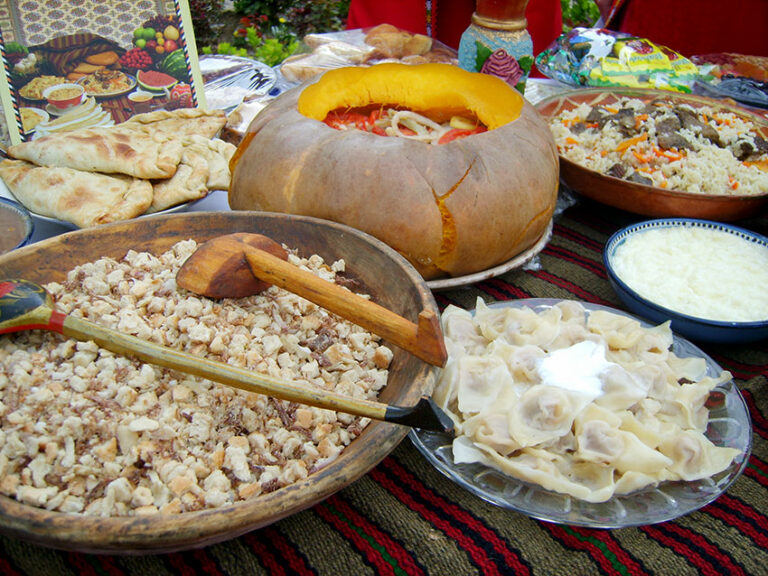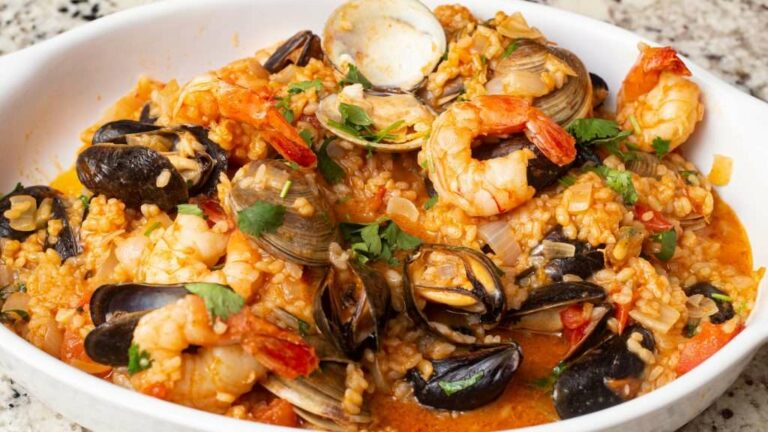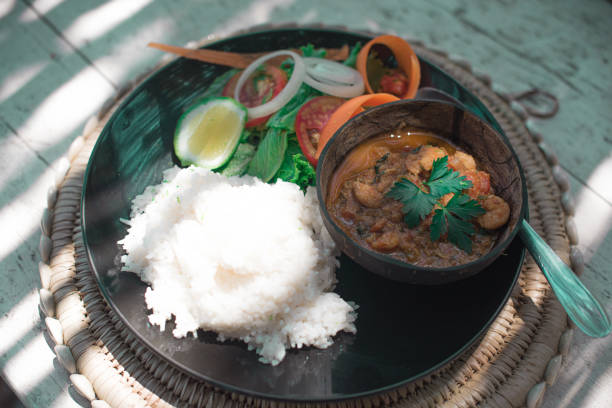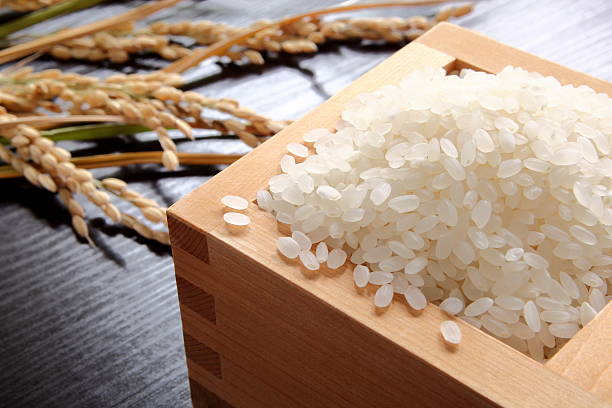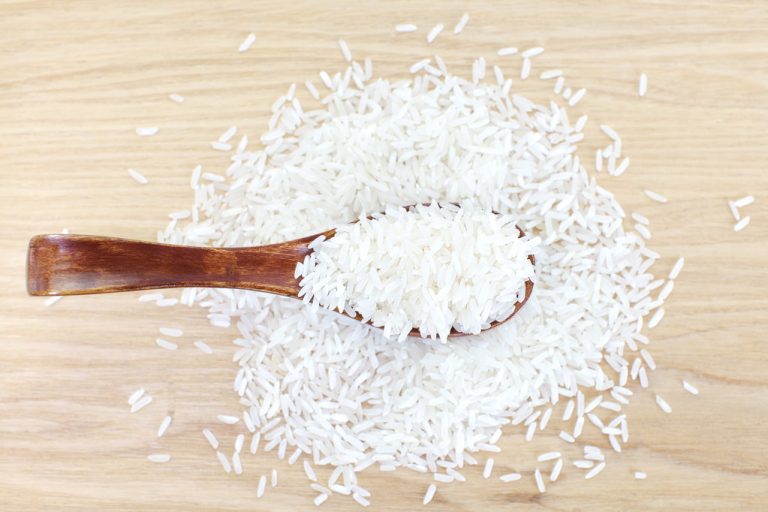Introduction: Azerbaijani Rice Dishes
Rice is a staple food in Azerbaijani cuisine, and there are many delicious dishes that feature it as the star ingredient. Azerbaijani rice dishes are known for their bold flavors and unique combinations of spices and other ingredients. From the national dish of plov to sweet rice with fruit, there is no shortage of options when it comes to enjoying rice in Azerbaijan.
Plov: Azerbaijan’s National Dish
Plov, also known as pilaf, is Azerbaijan’s national dish and is a staple at weddings, family gatherings, and other special occasions. This hearty dish features rice cooked with meat, onions, and carrots, as well as a variety of spices such as saffron and cumin. The result is a fragrant and flavorful dish that is sure to satisfy any appetite.
Plov is traditionally cooked in a large cauldron called a kazan, and is served with a side of yogurt or salad. There are many variations of plov, with some featuring lamb or beef instead of chicken. It is also common to add dried fruits or nuts to the dish for added sweetness and texture.
Shirin Plov: Sweet Rice with Fruit
Shirin plov is a sweet and fragrant rice dish that is typically served as a dessert or as a side dish to accompany meat or poultry. This delicious dish is made by cooking rice with dried fruit such as raisins, apricots, and prunes, as well as nuts such as almonds and pistachios. The rice is then flavored with saffron and cardamom, creating a dish that is both sweet and savory.
Shirin plov is a popular dish during the holiday season and is often served during the Islamic holy month of Ramadan. It is also commonly served at weddings and other special occasions.
Baghali Plov: Rice with Dill and Fava Beans
Baghali plov is a delicious rice dish that features fava beans and dill, giving it a unique and bold flavor. The dish is made by cooking rice with fava beans, dill, and lamb, as well as other spices such as turmeric and saffron. The result is a dish that is both flavorful and nutritious.
Baghali plov is a popular dish in Azerbaijan and is often served with a side of yogurt or salad. It is also a common dish during the springtime, when fresh fava beans are in season.
Sabzi Plov: Rice with Herbs and Vegetables
Sabzi plov is a flavorful rice dish that is made with a variety of herbs and vegetables, giving it a fresh and vibrant flavor. The dish is made by cooking rice with herbs such as parsley, dill, and mint, as well as vegetables such as carrots, onions, and bell peppers. The result is a dish that is both colorful and delicious.
Sabzi plov is a popular vegetarian dish in Azerbaijan and is often served as a main course or as a side dish. It is also a great way to use up leftover vegetables and herbs, making it a budget-friendly option.
Nardaran Plov: Aromatic Rice with Lamb
Nardaran plov is an aromatic rice dish that is made with lamb and a variety of spices, giving it a bold and flavorful taste. The dish is made by cooking rice with lamb, onions, and a variety of spices such as cinnamon, cloves, and cardamom. The result is a dish that is both fragrant and delicious.
Nardaran plov is a popular dish in Azerbaijan and is often served during the holiday season and other special occasions. It is also a great way to use up leftover lamb, making it a budget-friendly option.
Gara Qovurma: Blackened Rice with Meat
Gara qovurma is a unique and flavorful rice dish that is made by blackening the rice with caramelized onions and cooking it with meat. The dish is made by frying onions until they are caramelized, then cooking the rice with the onions and meat. The result is a dish that is both smoky and savory.
Gara qovurma is a popular dish in Azerbaijan and is often served during the winter months when hearty and warming foods are preferred. It is also a great way to use up leftover meat, making it a budget-friendly option.
Sulu Qovurma: Rice with Lamb and Broth
Sulu qovurma is a flavorful rice dish that is made by cooking rice with lamb and beef broth, giving it a rich and savory taste. The dish is made by cooking the lamb until it is tender, then using the broth to cook the rice. The result is a dish that is both filling and delicious.
Sulu qovurma is a popular dish in Azerbaijan and is often served during the fall and winter months when hearty and warming foods are preferred. It is also a great way to use up leftover lamb or beef, making it a budget-friendly option.

